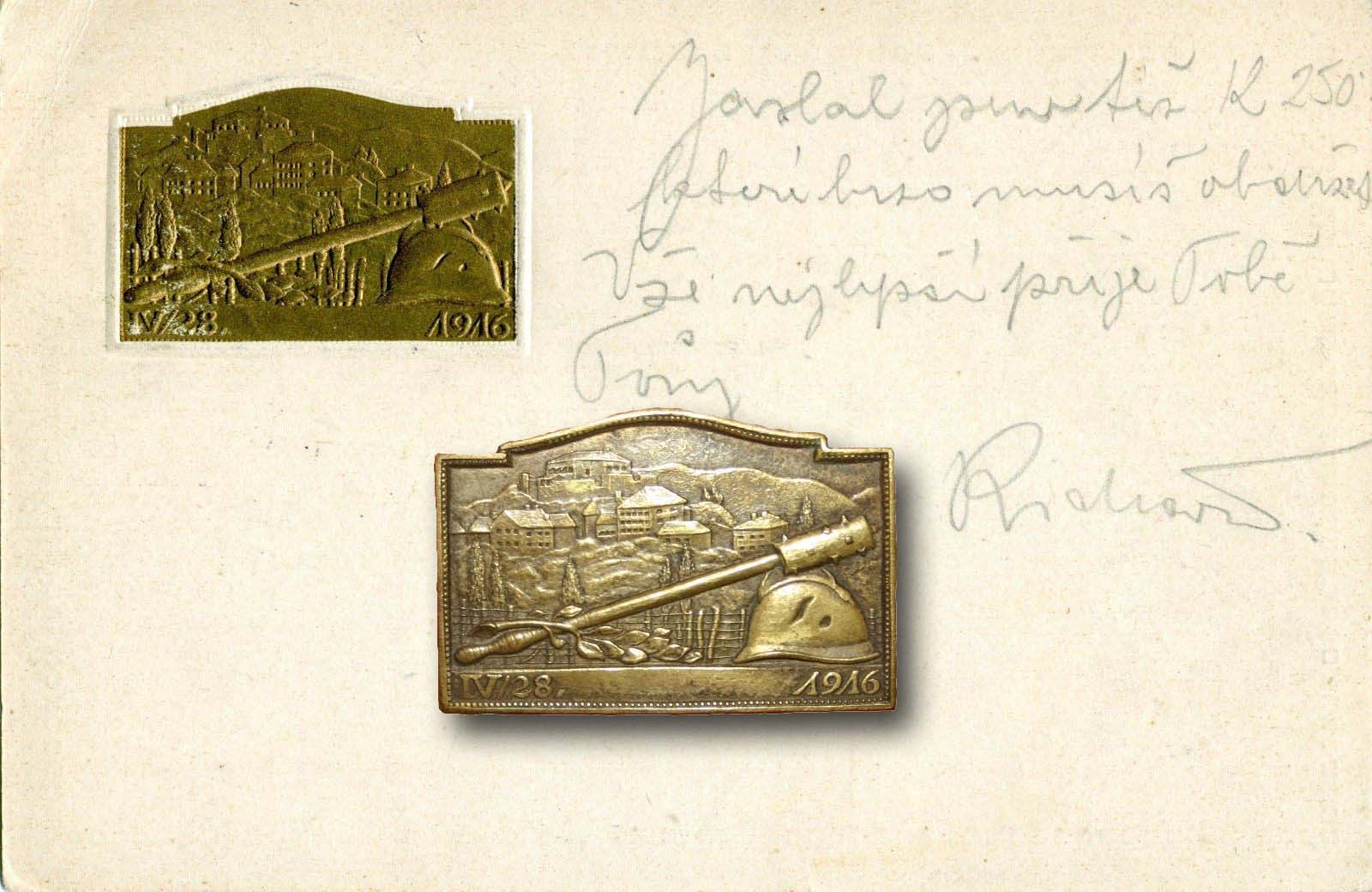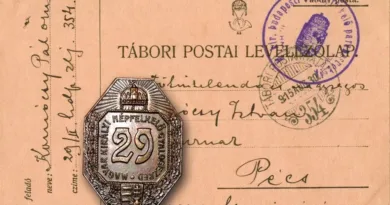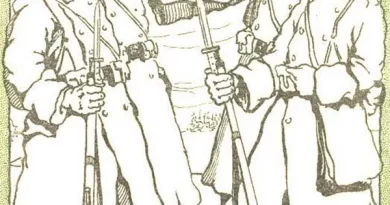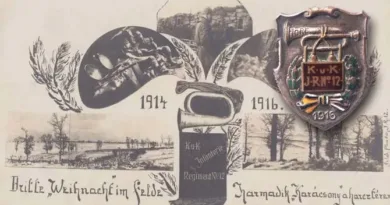IVth battalion of IR 28
The 28th Infantry Regiment gained a dubious reputation during the Great War. Subsequent analyzes refuted the accusation that this regiment, along with its commanders, had quasi-marched to the Russians in April 1915, yet, this accusation has remained with them to this day. Perhaps it is more objective what analysts are writing today: the regiment only surrendered as a result of the losses and lack of supplies, anything else was a politically motivated interpretation surrounding the facts. This is not the same thing as they marched to the Russian positions opposite, as the propaganda machinery of the Monarchy represented. Such enclosure and surrender occurred elsewhere, although all such cases were investigated and those bearing responsibility were tried to find. In other cases, the investigation did not reach such an extremely reprehensible conclusion: the regiment was not reorganized after the incident but was disbanded.
This regiment received its crew from the city of Prague and its surroundings, and consisted almost exclusively of soldiers of Czech nationality. It was bad for the Czechs that the Austrians made a political agreement with the Hungarians in 1867. They could rightly feel that one of the two great suffering nations of the Habsburg empire, the Hungarians, was unduly granted more autonomy by Vienna than the other, the Czechs. True, Hungarian was a nation larger by territory and population, and it fought with its arms for its independence several times, which the Czechs no longer forced after the battle of White Mountain in 1620. The Czech political compromise was best supported by heir to the throne Franz Ferdinand. If he had not been shot dead in Sarajevo, the Czechs might have reconciled. But the heir to the throne died, the Czech expectations lost their relevance. In such an environment, it is no wonder that the Czechs marched to the battlefield only awkwardly. And their slightly unpleasant attitude had been inflated by such unfortunate incidents.

That something is limping in the story can be seen in the fact that the regiment has finally been re-organized. Of course, thoroughly stiffened with other ethnicities and excluded from the control of officers of Czech nationality. From 1916 the regiment was deployed on the Italian front and took part in many difficult battles. The cap badge shown here also points to this, as it shows an Italian assault helmet torn with a mace used in melee. Of course, this is the badge of a separate battalion of the regiment who did not take part in the desertion. They fought first in the 5th and then 20th Mountain Brigades also on the Italian front. The postcard, of course, depicts the same badge.




